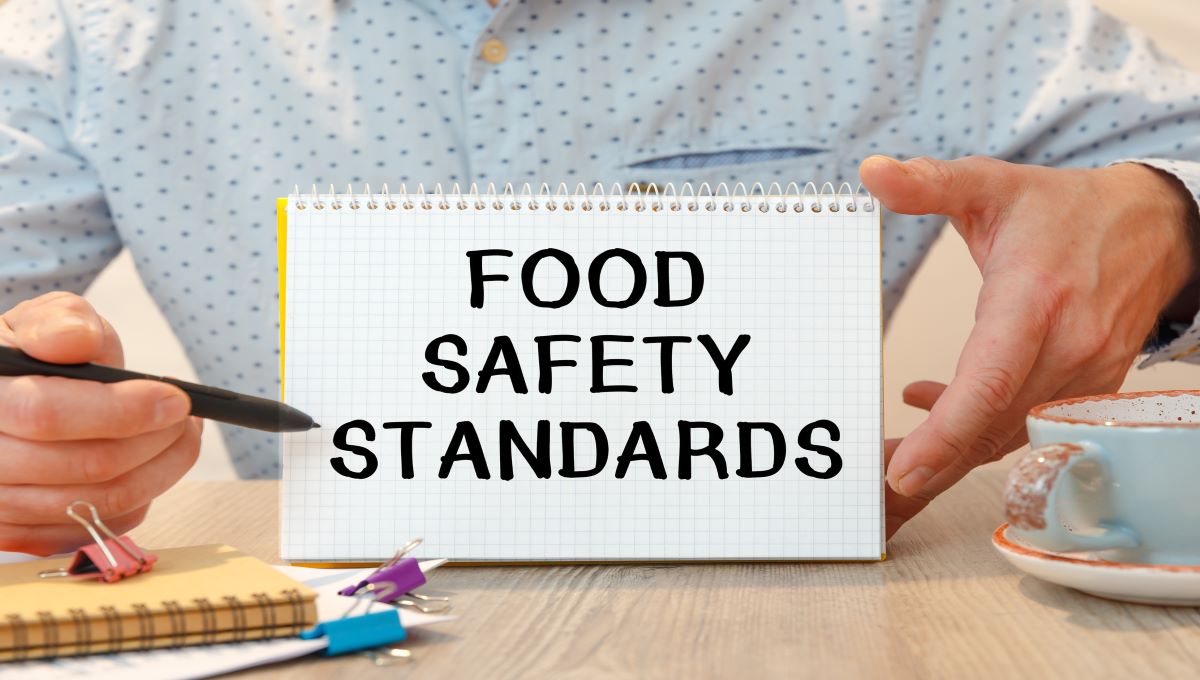The pandemic has stretched assets for the crowd, however the Interagency Meals Protection Analytics Collaboration (IFSAC) has advanced an period in-between plan and is continuous with its paintings.
The group was once introduced in 2011 when 3 U.S. businesses — the Facilities for Illness Regulate and Prevention, the Meals and Drug Management, and the USDA’s Meals Protection and Inspection Provider (FSIS)—created it to toughen sure efforts associated with meals protection.
Particularly, its goal is to toughen coordination of federal meals protection analytic efforts and cope with cross-cutting priorities for meals protection knowledge assortment, research and use.
 “Since its inception, IFSAC’s center of attention has been foodborne sickness supply attribution: figuring out which meals are an important resources of decided on primary foodborne diseases. As a part of this effort, IFSAC now produces annual estimates for 4 precedence pathogens: Salmonella, Escherichia coli O157, Listeria monocytogenes, and Campylobacter,” in step with the crowd’s 2022–2023 Period in-between Strategic Plan.
“Since its inception, IFSAC’s center of attention has been foodborne sickness supply attribution: figuring out which meals are an important resources of decided on primary foodborne diseases. As a part of this effort, IFSAC now produces annual estimates for 4 precedence pathogens: Salmonella, Escherichia coli O157, Listeria monocytogenes, and Campylobacter,” in step with the crowd’s 2022–2023 Period in-between Strategic Plan.
Federal businesses and meals protection mavens use IFSAC’s analyses to assist shape strategic making plans and risk-based selections; estimate advantages of interventions; and evaluation the affect of interventions, similar to new or revised rules, insurance policies, and function requirements. Via bringing in combination knowledge from various resources, widely exploring an array of strategies and disciplines, and growing sound analytical strategies, IFSAC scientists can toughen estimates of the resources of foodborne sickness.
The actions of IFSAC were considerably suffering from the COVID-19 international pandemic, in step with a observation accompanying the crowd’s 2022-23 period in-between plan. All over 2020 and 2021, many body of workers contributors from CDC, FDA, and FSIS who lead and take part in IFSAC initiatives and their oversight had been deployed to COVID-19 reaction efforts, had to concentrate on pandemic-related actions, or coated firm program actions whilst different body of workers was once deployed.
IFSAC continues to submit annual estimates of foodborne sickness supply attribution, however useful resource barriers have not on time some initiatives.
On account of the useful resource constraints, IFSAC officers advanced an period in-between strategic plan, which describes the crowd’s accomplishments all over 2017-2021 and identifies key actions for 2022-2023. Close to the top of the period in-between duration, the crowd intends to percentage details about its course, objectives, and approaches to to long run paintings.
“All over the years 2022–2023, we will be able to proceed to submit annual experiences on foodborne sickness supply attribution for precedence pathogens. We can proceed to toughen strategies for estimating foodborne sickness supply attribution the use of outbreak and sporadic — non-outbreak-associated — illness knowledge, pursuing exterior collaborations as had to maximize features and get admission to to knowledge resources,” in step with the crowd’s period in-between plan.
Particularly, IFSAC leaders intend to present precedence to the next actions:
• Inspecting traits in foodborne illness outbreak-associated diseases over the last two decades and filing a manuscript to a peer-reviewed magazine describing its strategies and effects.
• Proceeding to broaden and refine machine-learning approaches to are expecting the meals resources of human diseases with unknown resources via the use of complete genome sequencing (WGS) to check Salmonella isolates of recognized resources with the ones from in poor health individuals whose supply is unknown.
• Adapting the WGS-based strategies advanced for Salmonella to characteristic sporadic Campylobacter diseases to meals resources.
• Assessing the frequency of multi-year outbreaks and their affect on supply attribution analyses and deciding whether or not to toughen the strategies for the use of them in outbreak-based supply attribution fashions.
• Taking part with FoodNet body of workers to estimate inhabitants attributable fractions for key meals resources of sporadic Salmonella Enteritidis and Campylobacter diseases via growing case-control research the use of FoodNet case publicity ascertainment knowledge and FoodNet Inhabitants Survey knowledge.
• Proceed to broaden a solution to incorporate into attribution estimates the ones outbreaks related to advanced meals (i.e., multi-ingredient meals) for which the tainted factor is unknown.
“IFSAC’s number one center of attention is still bettering estimates of the meals resources of sickness led to via primary pathogens. While IFSAC has all the time fascinated with estimating the resources of all — no longer simply outbreak- related — diseases, the strategies have so far best used knowledge from outbreaks. Lately, we advanced tips on how to use knowledge from sporadic diseases to make those estimates,” in step with the period in-between plan.
“On this period in-between duration, we will be able to proceed to guage our solution to attributing Campylobacter diseases to precise meals classes. Our fresh experiences have highlighted the demanding situations related to attributing Campylobacter diseases to meals in accordance with outbreak knowledge, because of the oversized affect of outbreaks from meals no longer broadly ate up however with prime menace of sickness, similar to unpasteurized milk and hen livers.”
IFSAC’s paintings from 2017-2021 integrated:
• Growing a recency-weighted statistical modeling solution to estimate the resources of foodborne sickness led to via explicit pathogens and revealed the process in a peer-reviewed magazine.
• Updating IFSAC’s scheme for categorizing meals implicated in foodborne illness outbreaks, and described it in a peer-reviewed revealed article.
• Generating annual estimates of the resources of foodborne sickness for Salmonella, Escherichia coli O157, Listeria monocytogenes, and Campylobacter for 2015–2019.
• Inspecting outbreak knowledge on Salmonella diseases obtained from intake of beef merchandise to fortify draft USDA efficiency requirements for the minimal appropriate Salmonella contamination of beef cuts and flooring beef merchandise.
• Proceeding to discover new strategies and fashions for foodborne sickness supply attribution, together with random woodland and different mechanical device studying algorithms.
(To enroll in a loose subscription to Meals Protection Information, click on right here.)

